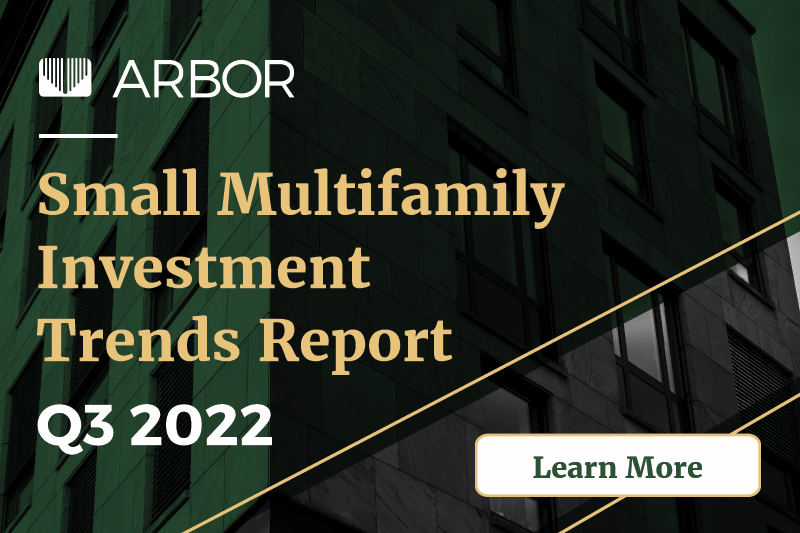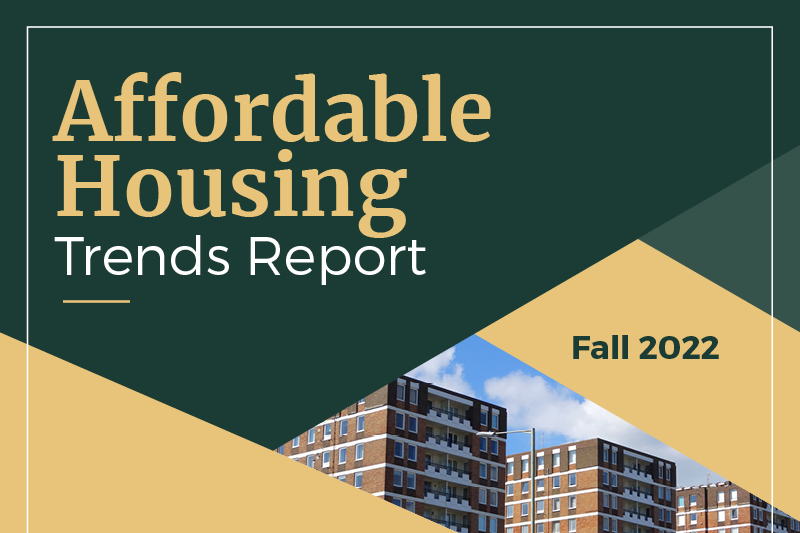Following a banner year in 2022, the U.S. multifamily market held steady during 2023. Arbor provided research and insights into our markets throughout the year. Here’s a look at our top Arbor research articles from 2023, in case you missed them.
Small Multifamily Investment Trends Report Q3 2022

With investors now seeking inflation protection, the small multifamily sector continues to see gains. Arbor’s new quarterly Small Multifamily Investment Trends Report, published in partnership with Chandan Economics, sheds light on key trends, including firm cap rates, climbing valuations, and elevated originations, despite tightening underwriting standards.

Why U.S. Population Shifts Gave Greater Congressional Representation to Six States

When Americans go to the ballot box on November 8, the congressional map will look slightly different than it has for the past decade. Six states picked up seats in the House of Representatives: Colorado, Florida, Montana, North Carolina, Texas, and Oregon. The results of the last five years (2018-2022) of the U.S. Census Bureau’s Current Population Survey ASEC explore the reasons households provided for moving to those states that will be gaining more representation in Washington, D.C.

U.S. Metro Labor Markets Show Sizable Gains and Solid Growth

All of the top 50 metropolitan areas in the U.S. registered unemployment rate improvements during the 12 months ending in August 2022. Los Angeles led the country with the largest decline in its unemployment rate, shaving off 3.7 percentage points from one year ago. Riverside (-3.3%), Detroit (-3.2%), San Diego (-3.1%), and Sacramento (-2.8%) all followed closely behind with sizable declines.

Florida Population Growth Steady Despite Ongoing Hurricane Threats

The increased frequency of major hurricanes brings into question whether robust in-migration patterns will hold in the face of growing climate risks. While there is a growing concern that the increase in extreme weather events could dampen housing demand in at-risk or effected areas, history displays a different pattern.

Affordable Housing Trends Report Fall 2022

Arbor’s Affordable Housing Trends Report Fall 2022, developed in partnership with Chandan Economics, examines the affordable housing market’s growth trajectory in a challenging economic climate. It examines key programs, including the Low-Income Housing Tax Credit (LIHTC) and the Housing Choice Voucher (HCV), likely to influence the market’s performance in the coming year.

Video: Sam Chandan Details Key Findings of Arbor’s Large Multifamily Report 2022

In this video, Sam Chandan, Founder of Chandan Economics, provides a top-level overview of Arbor’s latest report, Top Opportunities in Large Multifamily Investment 2022. He explains how this report measured and ranked U.S. markets’ strengths and weaknesses in a turbulent economic environment.


